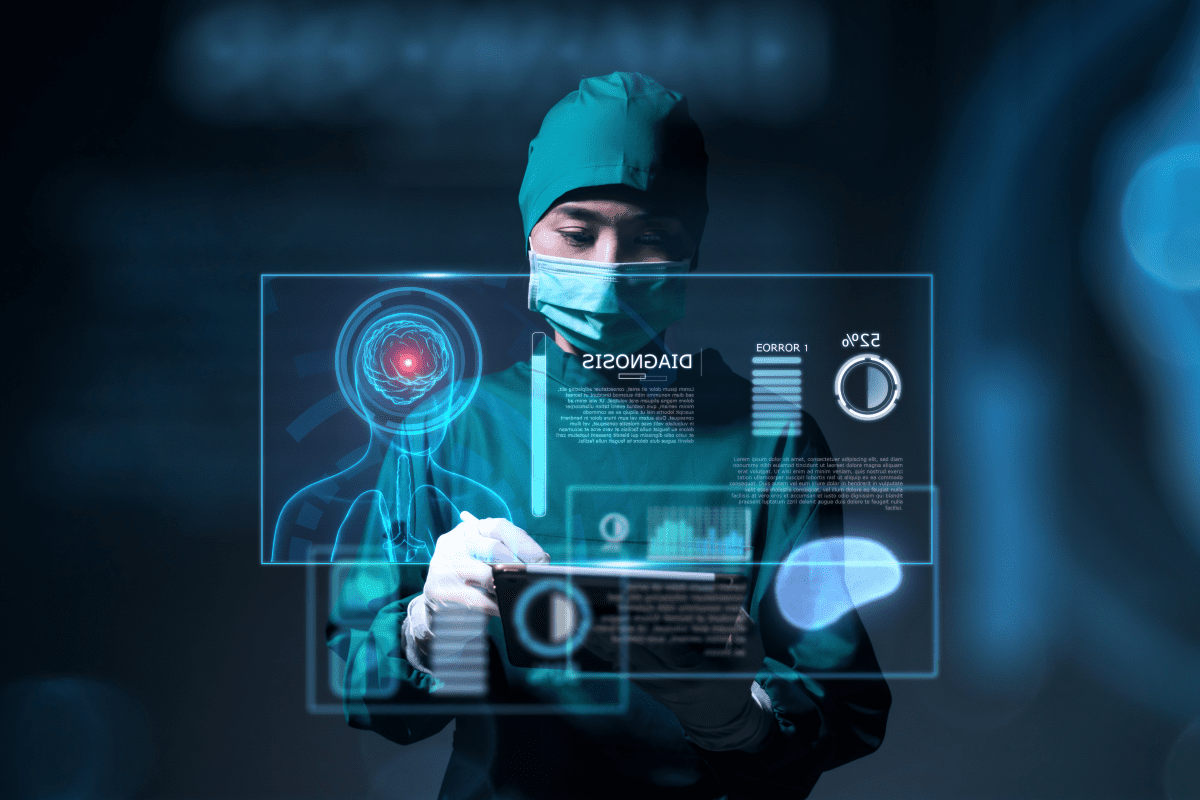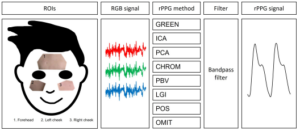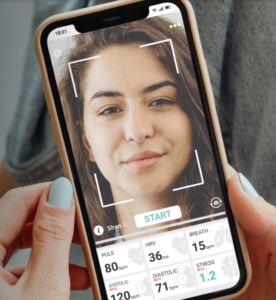Heart Health Monitoring with AI and Deep Learning
beIN Meditech
February 12, 2024

Introduction
In the era of digital health, there is a growing need to find software solutions that can monitor the cardiac health remotely and rapidly out of healthcare centers especially for elderly patients and those living alone or in remote areas. This need is even more critical for individuals at high risk or with a personal or family history of cardiac issues. From here we recommended a software to serve individuals who wish to monitor their heart health and protect themselves from potential life-threatening situations easily and effectively anywhere and anytime with no need for complex procedures or equipment or any effect on the daily life.
Abstract:
The proposed software delivers precise, fast, and real-time results to the user about their cardiac health. The software employs Remote Photoplethysmography (RPPG) technology to extract data from the user. This data is then processed using efficient AI tools, such machine learning techniques, and Convolutional Neural Networks (CNN) to process the data obtained by normal phone camera as a 60-second-long video of the face to get the results about heart health and pulse signal. So, it is designed to be user-friendly, requiring no special training or equipment.
The software employs Remote Photoplethysmography (RPPG) technology to extract data from the user. This data is then processed using efficient AI tools, such machine learning techniques, and Convolutional Neural Networks (CNN) to process the data obtained by normal phone camera as a 60-second-long video of the face to get the results about heart health and pulse signal. So, it is designed to be user-friendly, requiring no special training or equipment.
- Bilal Alhasan
rPPG Technique:
rPPG is a non-contact method used to extract functional information about the cardiovascular system. It operates by detecting tiny color changes in the appearance of face skin caused by the changes of blood circulation in surface blood vessels due to the effect of the heart beats on creating pulse inside the vessels. These changes are captured through a camera of a phone through a 60-second video and processed to extract the pulse signal.
Image processing-based approaches for rPPG have been shown to perform better than contact-based sensors for pulse rate determination. These approaches are often followed by many other steps, such as face tracking, skin segmentation, color space transformation, feature selection, and noise filtering. However, deep learning approaches minimize the requirement for multiple stages of processing and automate the task of feature selection.

Figure 1: depicts a graphical representation of the process from a selfie video to an rPPG signal. Note that ROIs stand for regions of interest, RGB signal represents the time series of average color channel value, and rPPG method indicates the method from the RGB signal to the rPPG signal. |
Measured Parameters Using rPPG
The primary parameter measured using rPPG is the pulse signal, which provides information about the heart rate. However, other data such as heart rate, pulse rate variability, breathing rate, vascular occlusion, peripheral vasomotor activity, and blood pressure by pulse transit time can also be also extracted and many other parameters could be calculated upon them. These parameters provide a comprehensive overview of the cardiovascular health of the individual.
AI Tools for Health Analysis:
AI tools in medical field have the potential to enhance the level of healthcare of patient due to the ability of processing complex data to provide insights, which can help in disease management, drug safety and extracting health related data from patients. AI’s goal is to assist healthcare providers in delivering efficient patient care by predicting health outcomes, suggesting treatments, automating tasks and monitoring patient health parameters.
AI Tools Used for Processing rPPG Extracted Parameters
Machine learning techniques are used to proceed date extracted from rPPG such as CNN. Convolutional Neural Networks (CNN): are used for their ability to process image and signal data effectively and automatically learn and identify patterns. They consist of an input layer, multiple hidden layers (including convolutional, activation, pooling, and fully connected layers), and an output layer.
Conclusion
The proposed software offers a comprehensive solution for monitoring cardiac health, particularly for elderly patients and those at risk. By combining rPPG technology with advanced AI tools, the software provides accurate, real-time results, enabling users to monitor their heart health. This software is able to operate without the need of special equipment this advantage combined with the ease of use ensures its accessibility to all users any time without effecting their daily life.

Figure 2: Presentation of measurement values through the utilization of the monitoring app. |

